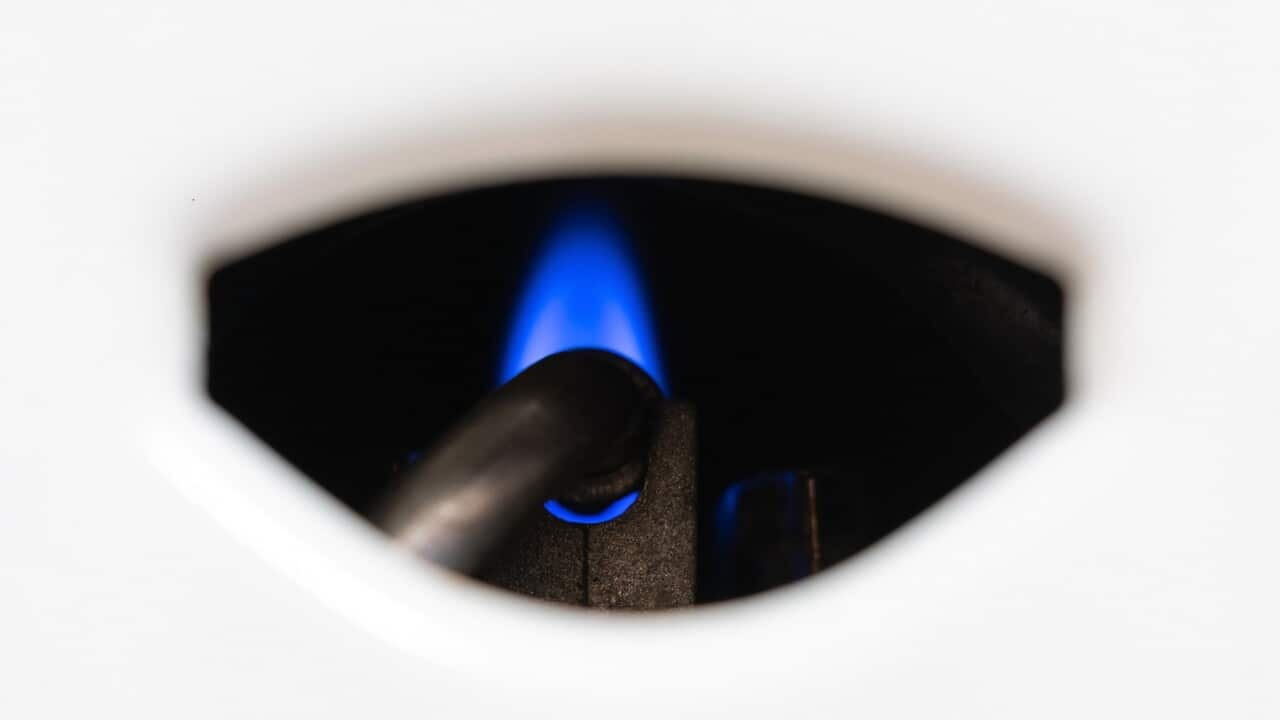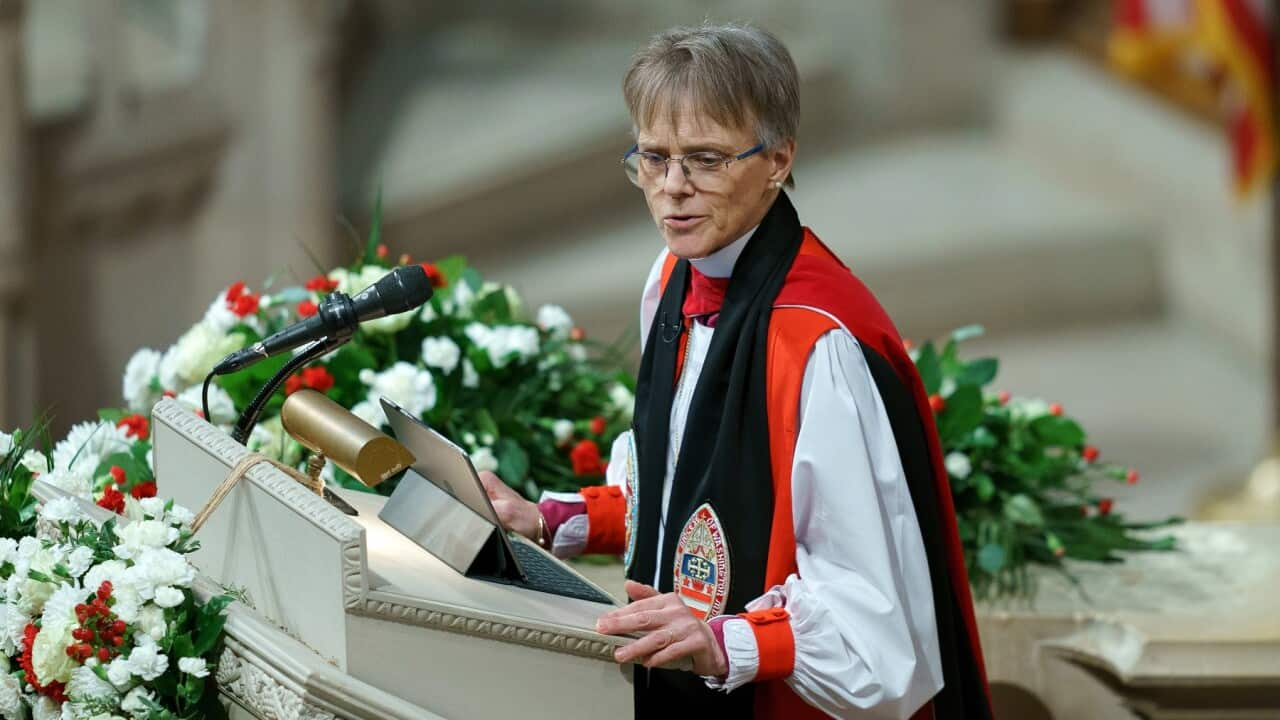TRANSCRIPT
If it feels like this winter has been colder than usual, you're not wrong.
Large swathes of the country have been weathering cooler than average minimum temperatures.
Keeping your home warm is essential, but it comes with a warning.
"House fires are more common in winter when we see these external factors such as portable heating and they can present significant risk if you use them inappropriately, particularly in a bedroom when you have them close to other flammable materials, such as being close to a bed or clothes."
Joshua Fischer is the Deputy Commissioner of Community Safety at Fire Rescue Victoria.
He says there are many steps Australians can take to stay safe this winter - starting with testing smoke alarms.
"When you sleep, you're unlikely to wake in the event of a fire just from smoke. So we're asking people this winter to make sure they have a working smoke alarm fitted in their bedroom, that is interconnected throughout the house, in all bedrooms, all living areas and all hallways, to ensure you have the most earliest detection to a fire in the event one should start."
Deputy Commissioner Fischer is also stressing the importance of having a fire escape plan.
"Make sure you've got a home fire safety plan that is well practised, that is documented and you and your family and other occupants in your home know what to do in the event a fire starts."
Fire and Rescue Services are also urging Australians to test their heaters before using them. This includes checking cords for any fraying or damage.
Heaters should always been plugged directly into wall sockets. Do not leave them unattended and remember to turn them off when not in use.
It's also important to ensure furniture and other objects are kept at least one metre away from heating devices.
Carbon monoxide poisoning is another major risk.
Dr Suzanne Gilbey is School of Population Health at Western Australia's Curtin University.
"Carbon monoxide is a byproduct of combustion so when people are trying to heat their houses using wood heaters and gas heaters and charcoal heaters. That's what's introduced carbon monoxide into indoor air."]
Carbon monoxide is colourless, tasteless and odourless, making it hard to detect and so experts are urging people to be aware of symptoms.
"Exposure to carbon monoxide can be quite insidious in that it reflects a lot of other types of conditions. So people who are being affected by exposure to carbon monoxide can experience symptoms such as dizziness, nausea, sore throat, face flushing, lightheadedness, which sort of imitates or mimics a number of other types of conditions, particularly in winter when people are suffering the effect or cold or flu . So they'll just put it down to 'maybe I'm picking something up,' so they won't associate it with carbon monoxide exposure and potentially a poisoning situation."
Experts warn devices such as charcoal bead cookers, barbeques and outdoor heaters pose an extreme risk when used indoors.
They're also urging people to regularly service their household gas heaters - at least every two years - and do not leave them running overnight.
People should also consider installing a carbon monoxide alarm as a backup.













